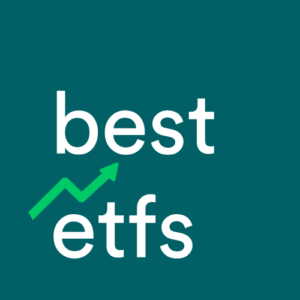The ASX ETF market seems to be growing faster by the day, and one of the ETFs that you might be considering is the ETF Securities Physical Palladium ETF (ASX: ETPMPD). In this article, we’ll provide a brief review of the ETPMPD ETF.
1. Simple exposure
The ETFS ETPMPM ETF provides investors with access to the precious metal of palladium, by seeking to achieve a return equivalent to the movements in the palladium spot price, before fees and expenses. Palladium comes from the same family of metals as platinum and is used in many electronic and industrial products, particularly in the automotive industry.
2. Funds Under Management (FUM)
As at the end of last month, the ETPMPD ETF had $6.57 million of money invested. With a funds under management (FUM) or ‘market cap’ figure of less than $100 million, it’s important to consider if this ETF is still too small. We say an ETF with more than $100 million invested is typically more sustainable than one with less than $100 million (at least) because if an ETF is too small it may not be sustainable for an ETF issuer, such as ETF Securities. However, there are exceptions to this rule of thumb, especially if the ETF issuer/provider is committed to growing the ETF’s FUM to the point where it becomes profitable.
[ls_content_block id=”3409″ para=”paragraphs”]
3. Fees & costs matter
With a yearly management fee of 0.49% charged by ETF Securities, if you invested $2,000 in the ETPMPD ETF for a full year you could expect to pay management fees of around $9.80. This does not include any performance fees earned by the ETF’s manager for doing a good job. For context, the average management fee (MER) of all ETFs covered by Best ETFs Australia on our complete list of ASX ETFs is 0.54% or around $10.80 per $2,000 invested. Keep in mind, small changes in fees can make a big difference after 10 or 20 years.
In addition to a yearly management fee, there are other costs investors must consider, including brokerage and taxes. A specific cost for ETF and mFund investors to consider is the buy-sell spread, which is the slippage or ‘invisible’ cost paid by an investor when he or she buys or sells the ETF. For the ETPMPD ETF, the most recent average monthly buy-sell spread we gathered (April 2020) was 3.64%. Remember, the lower (or ‘tighter’) the buy-sell spread, the better. This buy-sell spread was above the average ETF spread of 0.51%, which means the ETPMPD ETF has more slippage than the average ETF (that’s a bad thing).
Next steps
These are just some of the considerations or factors you would need to look at when weighing up the ETPMPD ETF. Before doing anything, take a look at our ETF Securities ETPMPD report – it’s free. While you’re at it, don’t forget to search our complete list of ASX ETFs.
[ls_content_block id=”4954″ para=”paragraphs”]




